Optimal Consulting performs materials and metallurgical services, including testing, failure analysis, inspection and repair. We have been performing these services for over 40 years, helping clients solve their structural integrity issues - our services include developing new products, improving component performance, and determing how to extend their fatigue design life.
In product development, it is vital to select the right material and fabrication processes. Manufacturing processes, design configuration, corrosion, vibration, thermal fatigue, thermal ratchetting, creep, fatigue, and fracture all play a part in structural integrity. We have the experience in design, stress analysis, and materials science to minimize size and cost while maintaining part performance and design life. Design life is often compromised through inadequate manufacturing processes (such as welding), thermal/ transient conditions, and high temperature conditions. At elevated temperatures, creep, and component strains occur, especially in welded and bolted joint connections.
We perform:
|
Image at 25x of a Pinion Gear Deformation |
Defects often occur in welded, cast and forged parts. Parts with complex geometries often include crack starters such as metallurgical notch effects. Nondestructive testing finds such defects in components with out damaging them:
| Ultrasonic Testing (UT) This method uses a transducer to introduce high frequency sound waves into a material to detect imperfections. In the pulse echo technique, reflections (echoes) from internal imperfections or geometrical surfaces are returned to a receiver, providing images of a defect. Magnetic Particle Testing (MT) This method induces a magnetic field in a ferromagnetic material and then iron particles are applied to the surface of the test piece. When a surface or subsurface discontinuity interrupts the induced magnetic field, a leakage field forms above the discontinuity. Iron particles will form an outline of the leakage field revealing its location, size and shape. |
Fracture Surface of a Stud |
| Eddy Current Testing (ET) Using this method, electrical currents (Eddy Currents) are generated in a conductive material by a changing magnetic field. Relevant indications are noted when the flow of eddy currents is interrupted by a defect. Penetrant Testing (PT) |
Fracture Surface of the Stud under a Microscope |
We have performed materials testing, metallurgy, remaining life assessments, and failure analysis of boilers, turbines, pumps, and valves among many other components, including:
|
Image at 9X Showing the Fracture Surface of a Flange |
We are a team of experienced, multi-disciplined engineers, with expertise in materials, fabrication,and finite element analysis. Our engineers publish technical reports, develop patents, and are active in Codes and Standards Committes including the American Society of Mechanical Engineers (ASME), The American Welding Society (AWS), the National Association for Corrosion Engineers (NACE), and the American Nuclear Society (ANS).
We have been providing solutions for over 20 years to the aerospace, power generation, manufacturing, automotive, consumer products, materials handling, and construction industries.
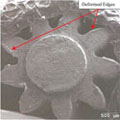
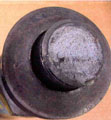
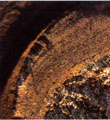
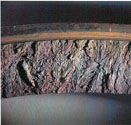
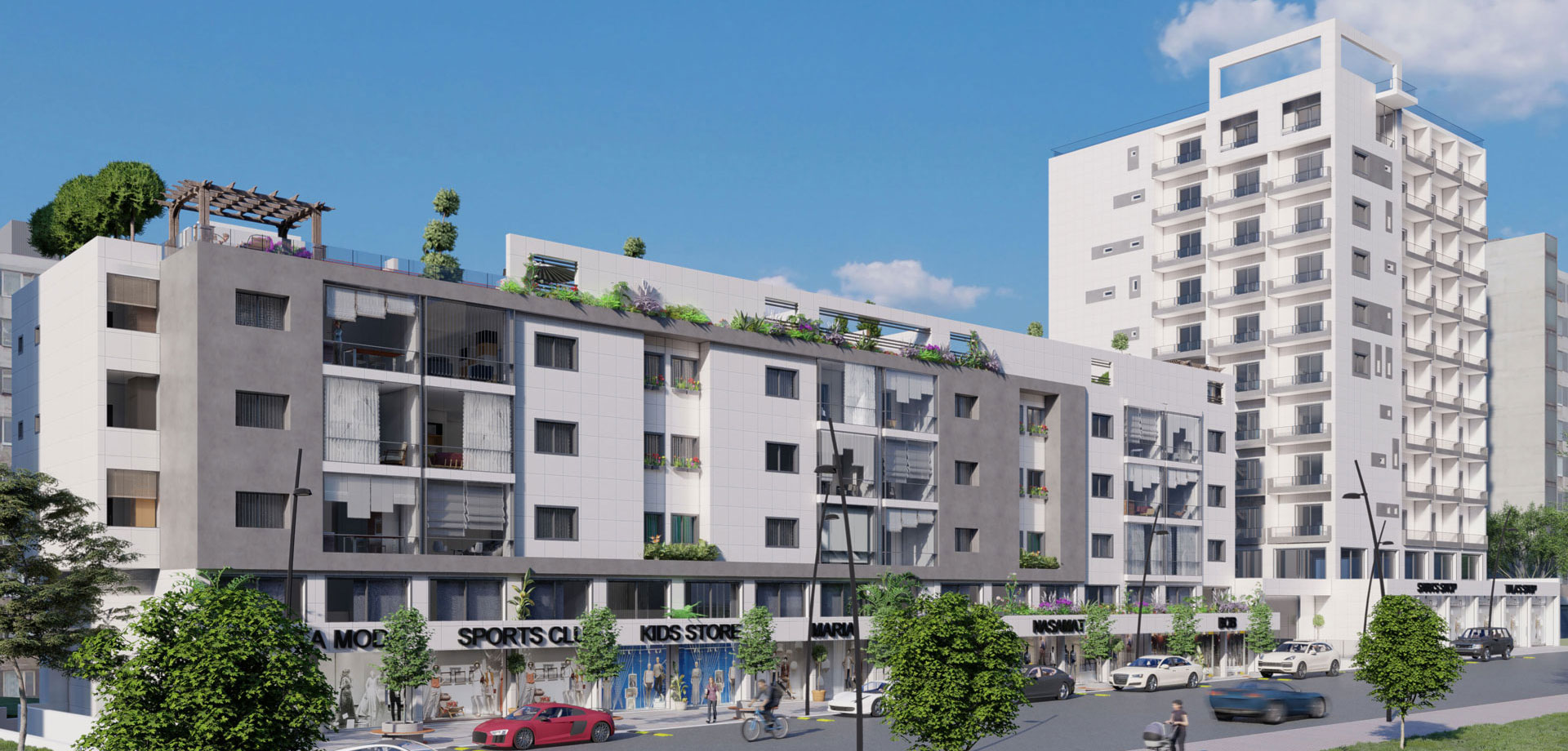

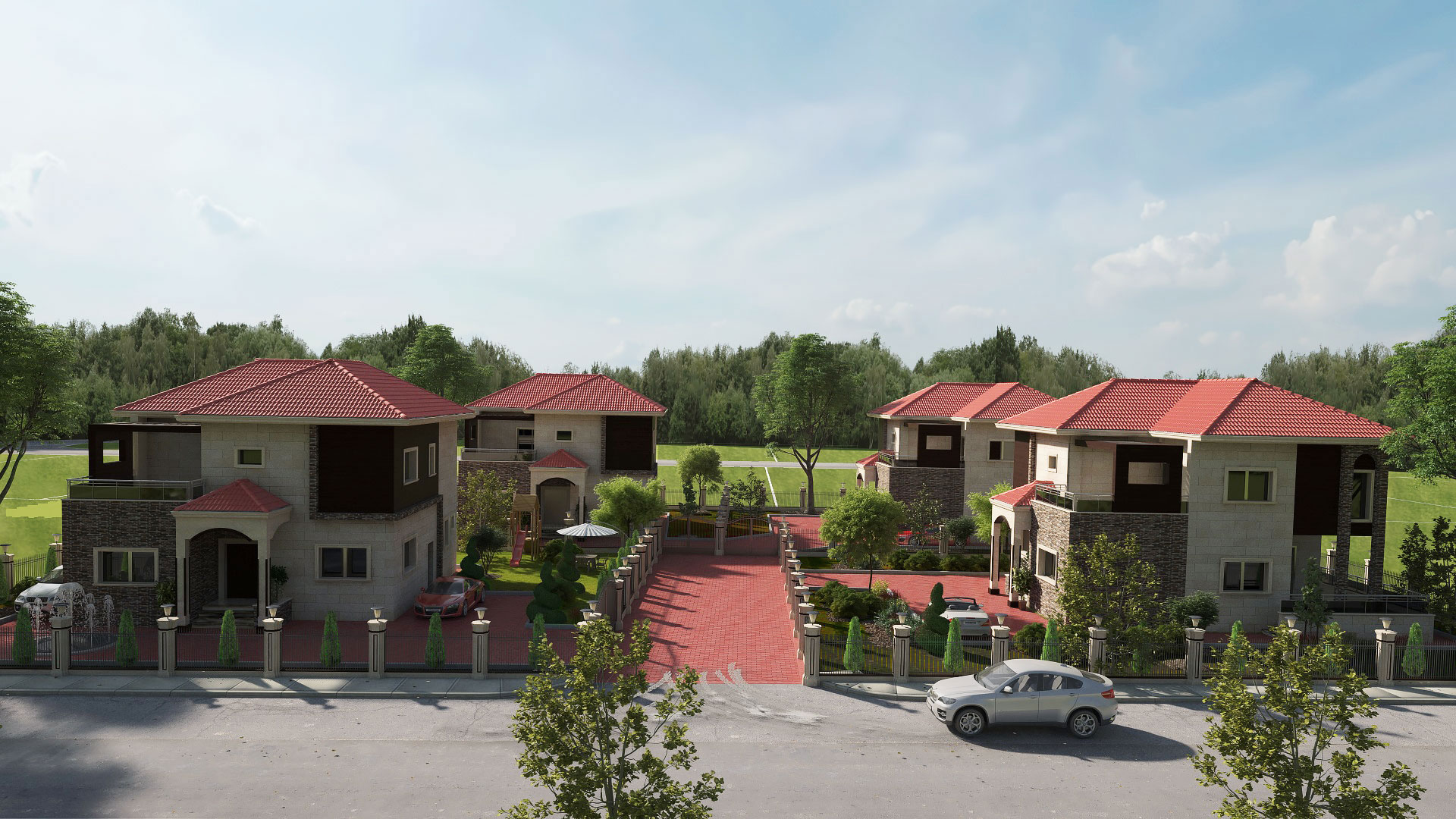
_300_300.jpg)




_300_300.jpg)
.jpg)